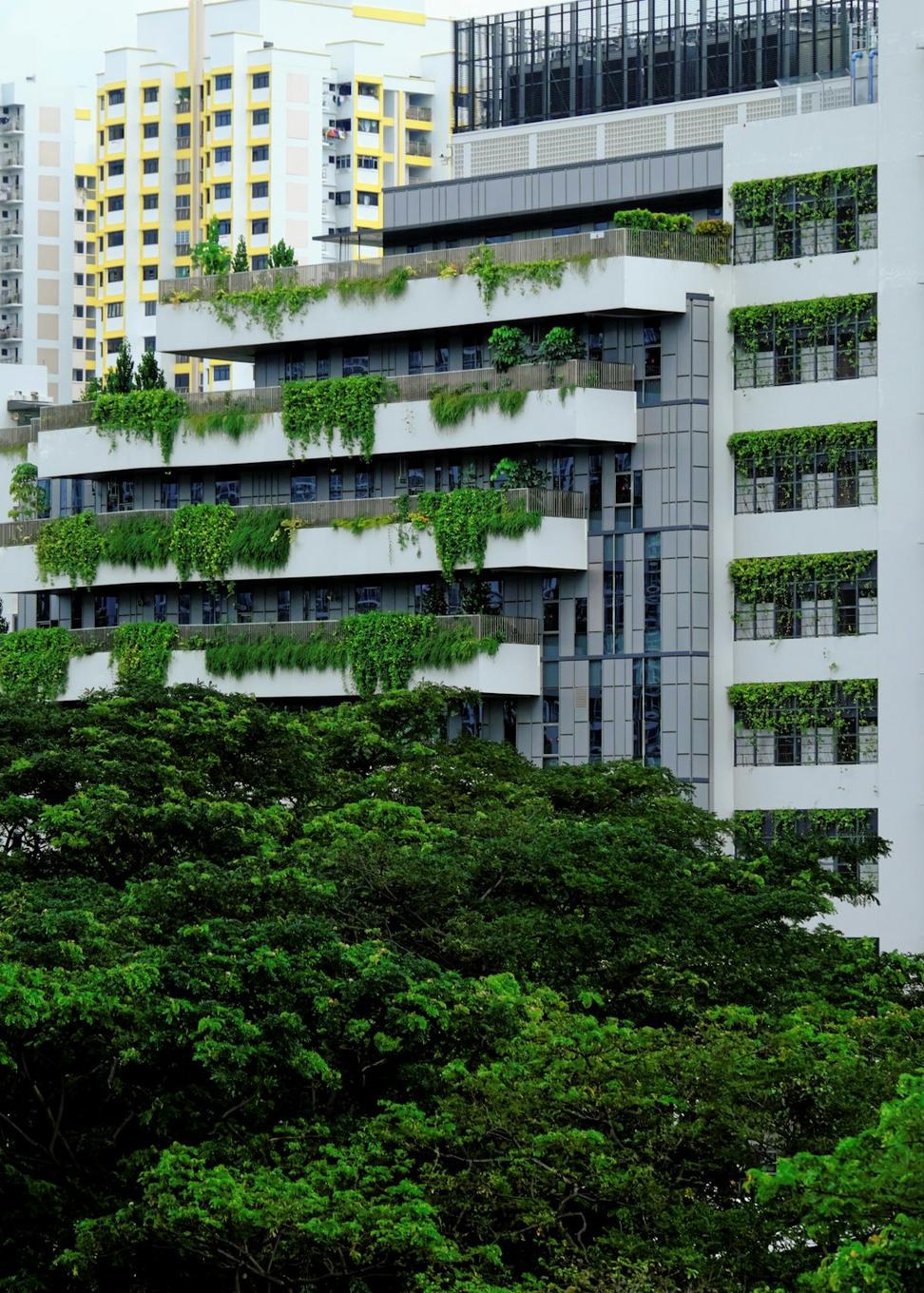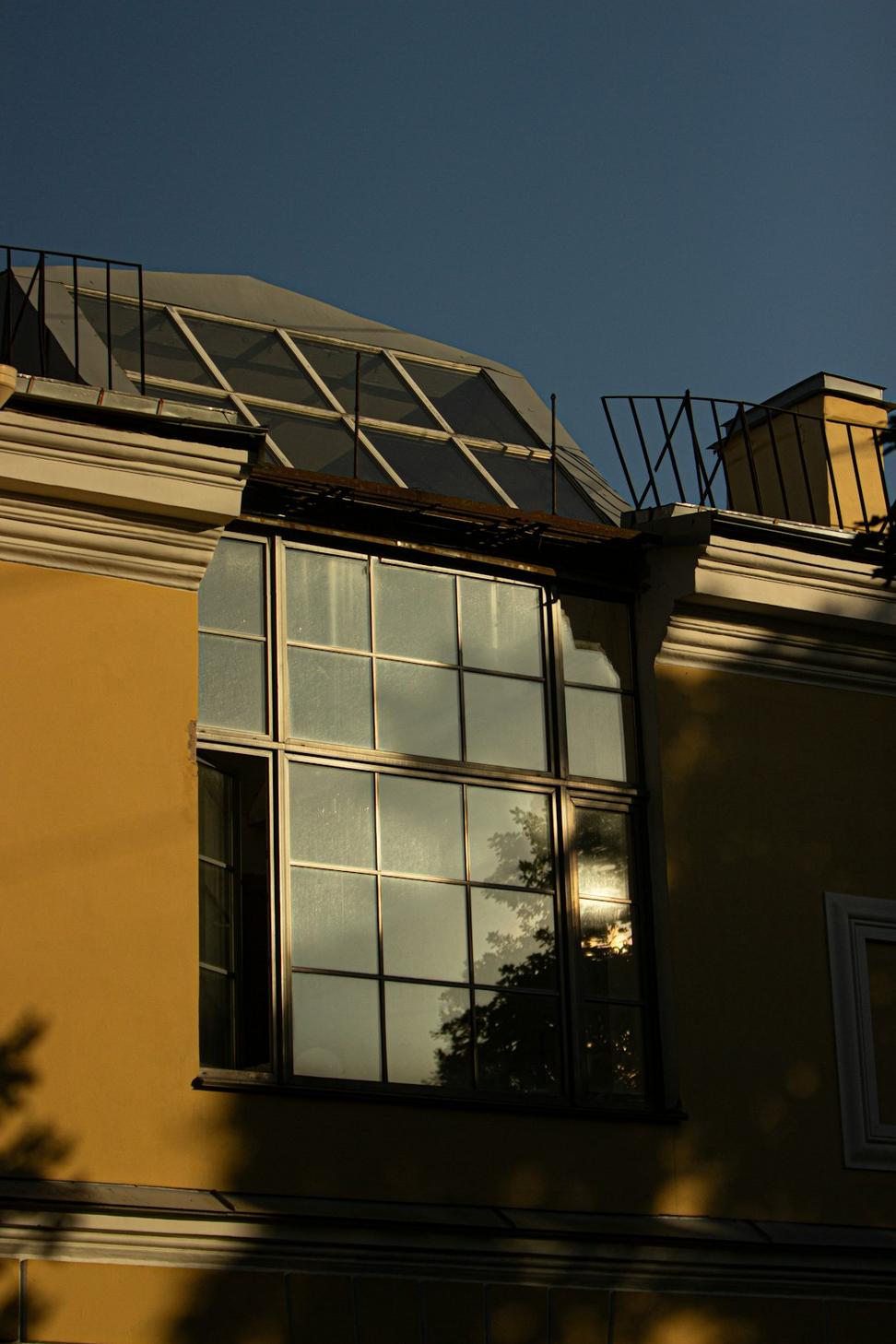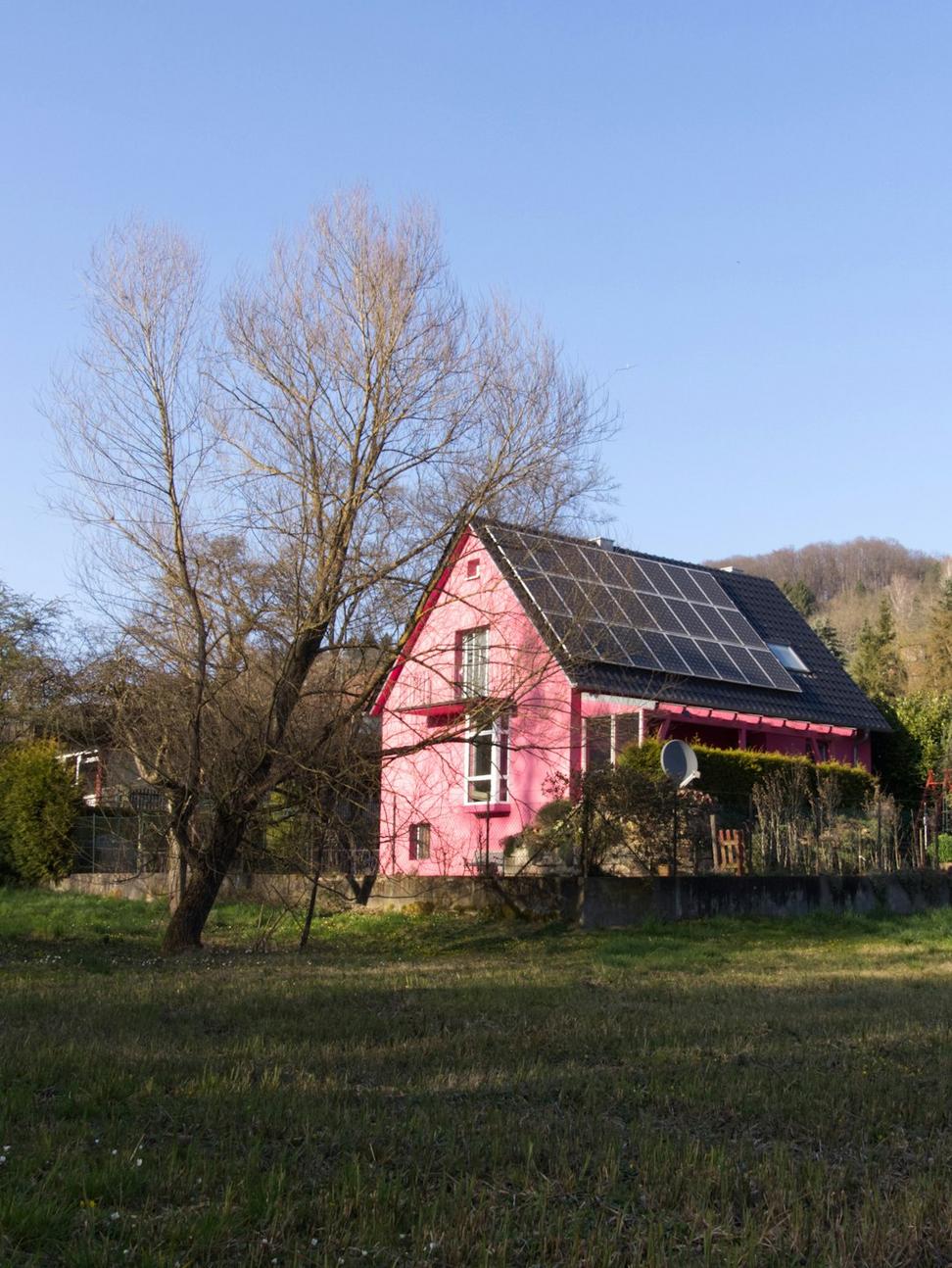
My Philosophy (Without the Fluff)
I got into this field because I couldn't stand seeing beautiful homes that were basically energy sieves. There's this weird disconnect where people spend hundreds of thousands on a house but then bleed money on heating bills because nobody thought about orientation or insulation properly.
Every building I design has to pass what I call the "grandmother test" - would I be comfortable having my grandmother live there knowing she's on a fixed income? If the utility bills would stress her out, I haven't done my job right.
Real Talk
Sustainable design doesn't mean you live in a dark box eating lentils (though I do love a good lentil curry). It means your home works smarter, costs less to run, and yeah - it's gentler on the planet. Win-win-win.
What We're Certified In
Certifications aren't everything, but they do show we're not just making stuff up. Here's what we've got hanging on the wall:
LEED Accredited Professional
Been LEED certified since 2015. We've completed 12 LEED Gold projects and 3 Platinum ones. The Platinum ones were intense but totally worth it.
Passive House Designer
This one's my favorite. Passive House standards are seriously strict - like, German-engineering-level strict. But when a client sees their first winter heating bill? Chef's kiss.
Built Green Canada
Regional certification that makes sense for BC projects. They get our climate and local materials, which matters more than people think.
Living Building Challenge
Only attempted this twice - it's basically the Olympics of green building. One project got certified, the other came close. No regrets either way.

